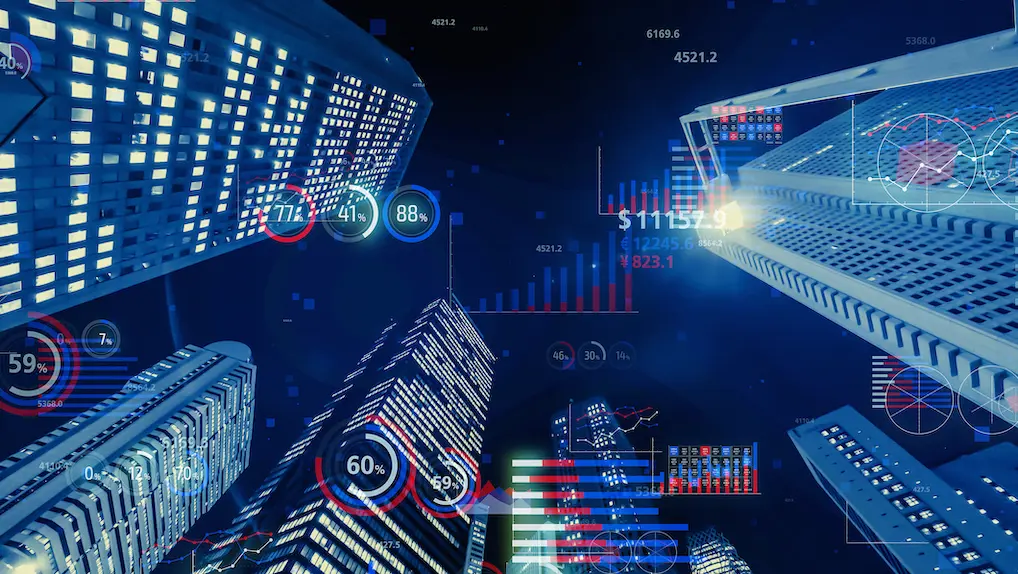
Maximising the usability of assets in the built environment.
Added Sunday 14 March 2021 by SRO
There is little escape for any industry from digitisation - and the built environment is no different. Guidelines, compliance and standards have helped accelerate the sector’s increasing use and need for technology. Building Information Modelling (BIM), ISO19650-3, which sets out the requirements for information management during the operational phase of an asset's life, NEC4 Design Build Operate contract which allows clients to procure a more integrated whole-life delivery solution and Government Soft Landings are forcing owners and operators to consider the whole asset lifecycle. Investing in the right interconnected suite of IT systems can help drive business outcomes such as sustainability, asset performance, productivity, cost reduction, health and safety, traceability, compliance, wellbeing, experience… the list goes on and the possibilities are endless.
But for an industry that has been predominantly focussed on bricks and mortar in the design and build phase, understanding those digital possibilities and expanding horizons to look towards the operational phase, where typically upwards of 80 per cent of total cost of ownership and carbon footprint in found, is a significant challenge. But also, a significant opportunity.
Whatever the assets an organisation has, be that a hospital, university, offices or residential dwellings – or the sub-assets such as rooms, heating ventilation and air conditioning (HVAC) systems, lighting or specialist equipment, a digital strategy to drive the right business outcomes must be understood by owners and operators.
It would be simple at this juncture to install one system that encompasses all operational elements – but this is often an expensive ‘sledgehammer to crack a nut’ solution and locks organisations into one system that must then be invested in for the long term. What is often required in practice is a coherent, joined-up digital strategy that brings all the component parts together, providing much greater choice. A complementary ecosystem of partners that are able to deliver a modular, interoperable, end-to-end approach to smart enterprise asset management (SEAM).
However, installing so many different systems into one ecosystem doesn’t come without its own challenges. Owners and operators understand the benefits of maximising assets over their lifetime – but are often faced with the problem of how to integrate the technology in order to obtain the data for decision making about assets and ultimately to achieve their goals. Bringing together experts in IoT, BMS/SCADA integration, Common Data Environment (CDE), data analytics, BIM, 3D modelling and digital twins, asset management, e-procurement and FM consulting in a digital ecosystem can be technologically challenging. But with the use of SEAM from IBM Maximo and working with SRO Solutions, the headaches of interoperability, open standards and future-proofing IT is eliminated, allowing the customer to focus on their business.
Organisations should start building data models, structures, formats in the design and build phase so that data is created from the outset that will deliver on goals further down the line. Highlighting those goals at the start of the process means that data is structured and shared between the systems to allow seamless handovers when the operational phase is reached. This ‘golden thread’ of information is maintained across the whole asset lifecycle transitioning to the in-use phase where it can be used to decide whether or not an asset is functioning correctly, or fit-for-purpose based upon the evidence presented. It may also have a significant impact on total cost of ownership and carbon footprint.
It’s clear that the ability to bring together all the component parts of asset management in one SEAM delivers enormous benefits and brings the industry one step closer to maximising the usability of assets in the built environment.
If you'd like to find out more about maximising the assets in your business, contact SRO Solutions:
Tel: +44 845 408 4250
Mail: info@SROsolutions.net
More Information
If you’d like hear more about this, please complete the form below:
